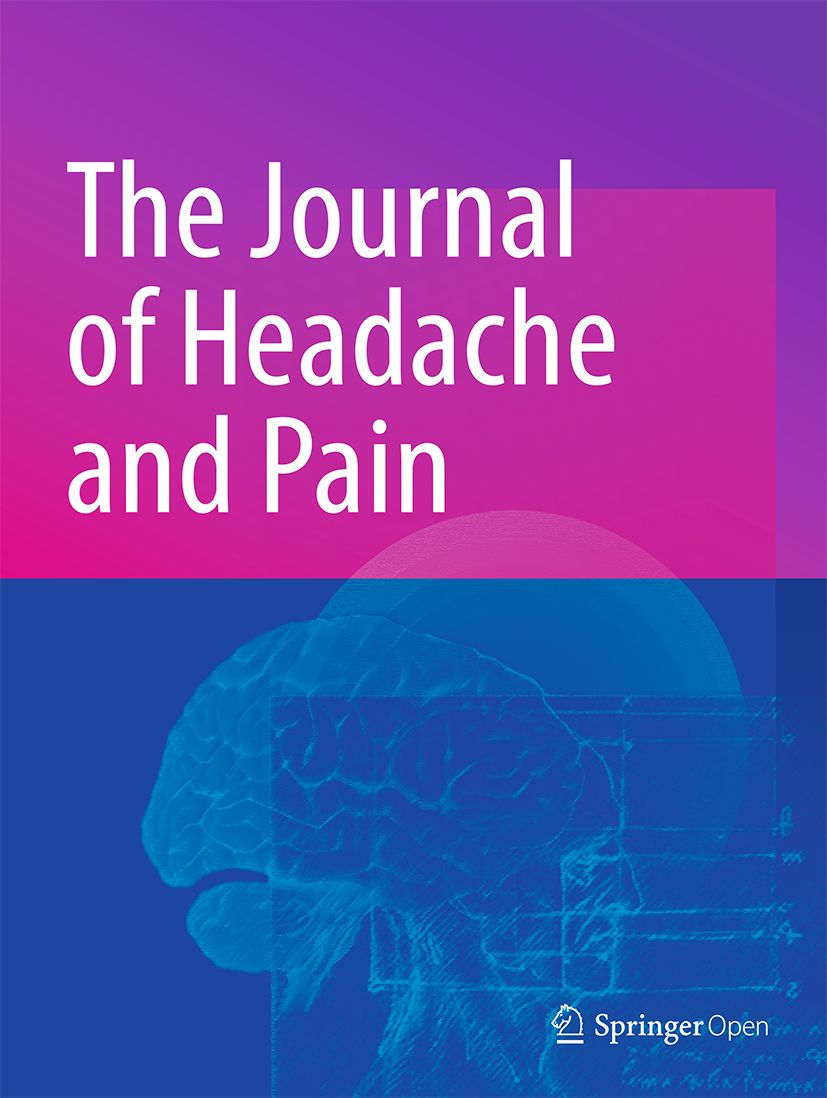
“The cannabis derivative marijuana is the most widely used recreational drug in the Western world, that is consumed by an estimated 83 million individuals (~3% of the world population). In recent years, there has been a marked transformation in society regarding the risk perception of cannabis, driven by its legalization and medical use in many states in the USA and worldwide.
Compelling research evidence and the FDA cannabis-derived cannabidiol approval for severe childhood epilepsy have confirmed the large therapeutic potential of cannabidiol itself, Δ9-tetrahydrocannabinol (THC) and other plant-derived cannabinoids (phytocannabinoids). Of note, our body has a complex endocannabinoid system (ECS) – made of receptors, metabolic enzymes and transporters – that is also regulated by phytocannabinoids.
The first endocannabinoid to be discovered 30 years ago was anandamide (N-arachidonoyl-ethanolamine); since then, distinct elements of ECS have been the target of drug design programs aimed at curing (or at least slowing down) a number of human diseases, both in the central nervous system and at the periphery. Here, a critical review of our knowledge of the goods and bads of ECS as a therapeutic target are presented, in order to define the benefits of ECS-active phytocannabinoids and ECS-oriented synthetic drugs for human health.
Significance Statement The endocannabinoid system plays important roles everywhere in our body and is either involved in mediating key processes of central and peripheral diseases or represents a therapeutic target for treatment. Understanding structure, function, and pharmacology of the components of this complex system, and in particular of key receptors (like CB1R and CB2R) and metabolic enzymes (like FAAH and MAGL), will advance our understanding of endocannabinoid signaling and activity at molecular, cellular, and system levels providing new opportunities to treat patients.”
https://pubmed.ncbi.nlm.nih.gov/37164640/
https://pharmrev.aspetjournals.org/content/early/2023/05/09/pharmrev.122.000600







